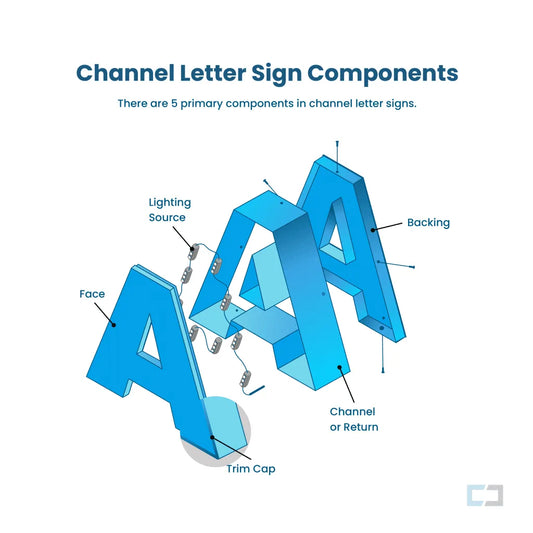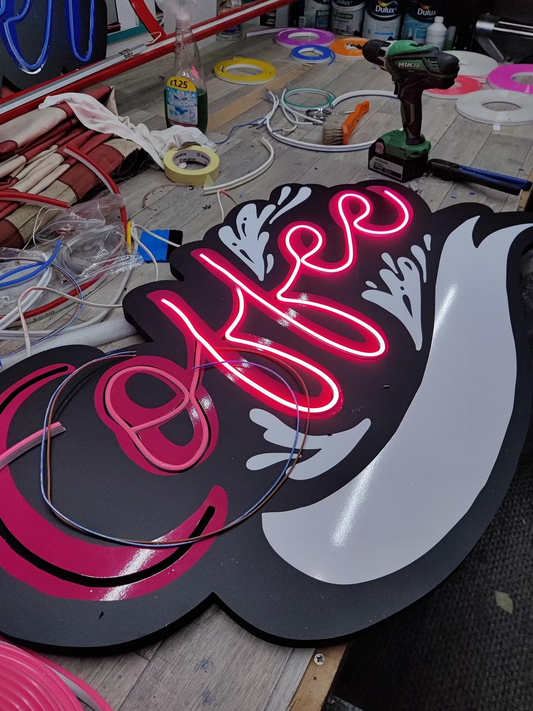Do neon signs use a lot of electricity ?
Share
Compared to traditional lighting fixtures, neon lights consume relatively less electricity.
Neon signs are a popular choice for businesses looking to attract customers with their bright and eye-catching displays. But do neon signs use a lot of electricity? Let's explore the energy efficiency of neon signs.
How do neon signs work?

Neon signs are made of glass tubes filled with neon gas and other gases that produce different colors when electrified. When a high voltage is applied to the gas inside the tube, it ionizes and emits light. This process is what creates the vibrant glow of a neon sign.
Energy consumption of neon signs
Neon signs are known for their energy efficiency compared to other types of lighting. On average, a neon sign uses about 3 to 4 watts per foot of tubing. This means that a typical neon sign that is 10 feet long would consume around 30 to 40 watts of electricity per hour of operation.

Comparing to other lighting options
In addition to consuming less electricity, neon lights have other advantages. For example, the soft lighting effect, rich colors, and no ghosting of neon lights give them significant advantages in advertising signage, decorative lighting, and other areas. In addition, neon lights also have characteristics such as waterproofing, moisture resistance, and shock resistance, making them more widely used outdoors.
When compared to traditional incandescent bulbs, which can use up to 60 watts per hour, neon signs are relatively energy efficient. LED signs, on the other hand, are even more energy efficient, using only about 10 watts per hour for a similar size sign.
Shortcomings of Neon Signs
However, neon lights also have their shortcomings. Firstly, the price is relatively high. Secondly, as the usage time increases, the brightness of neon tubes will gradually decrease and need to be replaced regularly. In addition, if the operating frequency of neon lights is too high, it can also easily cause problems such as electricity waste and short circuits.
Overall, while neon signs do consume electricity, they are considered to be a relatively energy-efficient option for businesses looking to add a bright and colorful touch to their storefronts.
For more information about how we can create an outdoor neon sign for you, contact our friendly team who will be happy to assist. Read our blog on can neon signs be used outdoors ?







